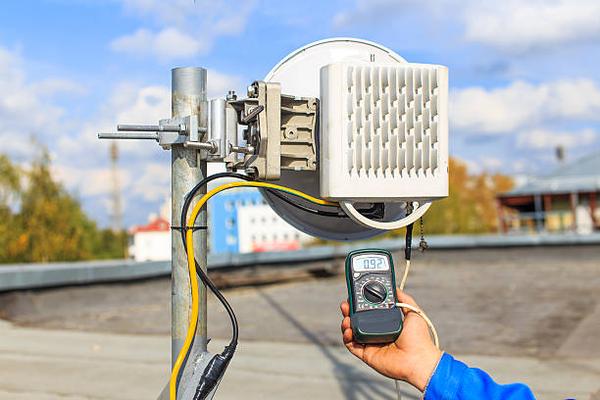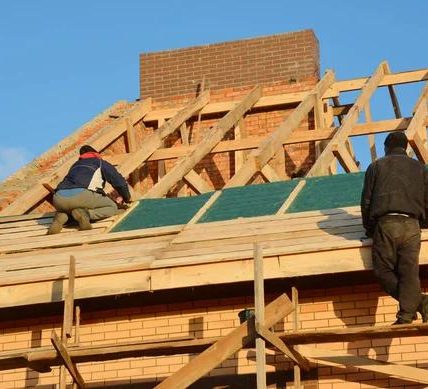Roof replacement is a significant home improvement project that every homeowner will likely face at some point. Understanding the process can help homeowners make informed decisions and ensure the project goes smoothly.
The first step in roof replacement is determining whether it’s necessary. This involves inspecting your roof for signs of damage, such as missing or damaged shingles, leaks inside your house, and granules in your gutters from shingle wear. These signs indicate that your roof may need to be replaced rather than repaired.
Once you’ve determined that a new roof is needed, the next step is choosing the right materials. Asphalt shingles are most commonly used due to their affordability and durability, but there are many other options available including metal roofing, wood shakes, slate tiles and more. Each material has its own advantages and disadvantages concerning cost, lifespan, appearance and maintenance requirements.
After selecting materials comes obtaining estimates from contractors. It’s recommended to get at least three estimates before making a decision to ensure you’re getting fair pricing for quality workmanship. It’s also essential to verify if potential contractors are licensed and insured.
Once you have selected a contractor based on their estimate and reputation, they will begin removing the old roofing material down to the deck boards. After ensuring these boards are still sturdy enough for reuse or replacing any damaged ones with new plywood sheets if needed; an underlayment layer will be applied as an extra barrier against water penetration.
Next comes installing the new roofing material according to manufacturer instructions which often includes laying out starter strips along eaves then working upwards towards ridge using specific overlapping patterns for each type of material chosen earlier on during selection phase.
Flashing installation around chimneys or vents follows after laying main part of roof repairs near me covering; this helps prevent water seepage into home through these vulnerable areas where different surfaces meet up together on rooftop landscape.
Lastly comes cleanup stage where all debris created during removal/installation processes gets hauled away leaving your property as neat as possible.
Throughout this process, it’s important to maintain communication with the contractor to ensure that everything is going according to plan and any issues are addressed promptly. You should also be prepared for potential delays due to weather or unforeseen problems uncovered during the project.
In conclusion, roof replacement is a complex process that requires careful planning and execution. By understanding what it entails, homeowners can better prepare themselves for what lies ahead and make sure their investment in a new roof pays off in terms of improved home value and comfort.
Schmucker Roofing
19521 Knouse Rd, Harlan, IN 46743
260-909-8341





